Kepler telescope principle ~ Most common telescopes are of Kepler structure and their eyepieces are generally convex lenses or lens groups. Its eyepiece or ocular is a convex positive or convergent lens placed in back of the focus the point at which the parallel light rays converge. Indeed lately has been hunted by consumers around us, maybe one of you personally. People are now accustomed to using the internet in gadgets to view video and image data for inspiration, and according to the title of the article I will talk about about Kepler Telescope Principle Inspection of the 14 meter primary mirror honeycomb structure.
Source Image @ clinicalgate.com
T Clinical Gate
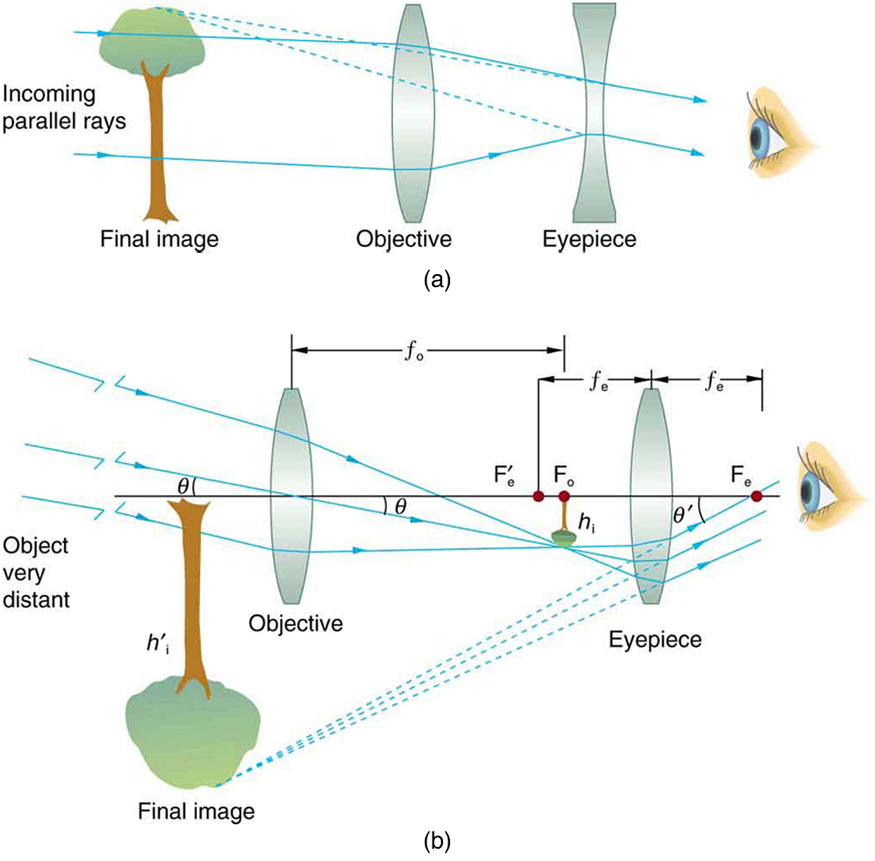
Since there is a real image in the optical path a ranging or aiming reticle can be installed to measure the distance. Because of their compactness and ligthness refractor telescopes do not collect as much light as reflector but have a more. Your Kepler telescope principle images are ready in this website. Kepler telescope principle are a topic that is being hunted for and liked by netizens now. You can Get or bookmark the Kepler telescope principle files here
Kepler telescope principle - He did not carry out the idea himself and it was left to the Englishman Gascoigne to produce the first instrument on this Keplerian principle universally known as the Astronomical Telescope. It was fitted on the largest digital camera that was ever sent to space at that time and had the ability to continually monitor the brightness of 150000 main sequence stars in a fixed field of view. His laws of planetary motion and the principle of using Earths orbit to calculate the stellar parallax to determine the distances of. NASAs Kepler Space Telescope was an observatory in space dedicated to finding planets outside our solar system with a particular focus on finding planets that might resemble Earth.
The eyepiece which consisting of a converging lens with short focal length is actually a. Keplerian telescope instrument for viewing distant objects the basis for the modern refractive telescope named after the great German astronomer Johannes Kepler. Most astronomical telescopes in use today are Keplerian telescopes. Kepler is the ninth largest Schmidt telescope ever built and the largest telescope ever to be launched beyond Earth orbit.
The mirror has been 86 light weighted and only weighs 14 of a solid mirror of the same dimensions image credit. The principle of keplerian telescope is very similar to a monocular. Engineers designed the spacecraft to last four years and apparently. This is called the Keplerian telescope.
In contrast to the Keplers telescope no real intermediate image is formed. An artists impression of the Kepler spacecraft which is basically a wide-field photometer fed by a 37-inch 095-m telescope. In 2009 BBC Sky at Night Magazine spoke to NASA scientist Bill Borucki then principal investigator of the Kepler space telescope. The Keplers telescope uses converging lenses both for the objective and for the ocular.
A habitable planet is taken to be between about one-half to ten. The convergent beam is made divergent by the. By November 2016 Kepler was in its 11th campaign of scientific observation which began Sept. The data backed up the theory that the planets likely migrated inward during the.
Exchanging the ocular L2 by a diverging lens leads to the Galileis telescope Fig. The Kepler Mission is specifically designed to detect habitable planets in the HZ of solar like stars2. The objective forms a real image diminished in size and upside-down of the object observed. The principle of operation of the Keplerian telescope fig.
Both the Kepler Mission and its space-based telescope were named in honor of the German astronomers contributions. After rocketing into deep space and passing its initial tests the Kepler telescope began its search for planets around other stars on May 12 2009. Galileo was the first astronomer to observe the stars with his telescope. In 1606 came a second treatise on the new star.
Planetary Physics Keplers Laws of Planetary Motion Keplers three laws describe how planetary bodies orbit about the Sun. Later telescopes with convex eyepieces appeared instead of concave eyepieces. Converging to the eyepiece holder where we install an eyepiece or a camera. The mission discovered super Earth-like exoplanets and hot gas giants larger than Jupiter that orbit incredibly close to their host stars.
They describe how 1 planets move in elliptical orbits with the Sun as a focus 2 a planet covers the same area of space in the same amount of time no matter where it is in its orbit and 3 a planets orbital period is proportional to the size of its orbit its semi. However the simple Kepler structure creates an upside-down image. The rays from the object pass through the eyepiece allowing the observer to see the image sometimes magnified. And the instrument produces an inverted real image that can be projected or made visible.
The principle of a simple refracting telescope is that parallel rays of light from a distant object fall on the objective lens which produces an image of the object at its focus. 2 is relatively simple. The telescope consists of a convex objective and a concave eyepiece. The working principle of the Kepler Space Telescope was based on a single scientific instrument called Photometer.
The light goes through the front lens key element making the light beams. On May 22 2017 using data from Keplers extended K2 mission astronomers pinned down the orbital period of the outermost planet in the famous TRAPPIST-1 system home to seven Earth-size planets.
Source Image @ electron9.phys.utk.edu
Source Image @ brunelleschi.imss.fi.it
Source Image @ slideplayer.com
Source Image @ www.medrounds.org
Source Image @ medical-dictionary.thefreedictionary.com
Source Image @ www.tricomfireprotection.com
Source Image @ keplergo.github.io
Source Image @ brunelleschi.imss.fi.it
Source Image @ courses.lumenlearning.com
If you re looking for Kepler Telescope Principle you've reached the ideal place. We ve got 10 graphics about kepler telescope principle adding pictures, pictures, photos, wallpapers, and more. In such page, we additionally have number of graphics available. Such as png, jpg, animated gifs, pic art, symbol, blackandwhite, transparent, etc.
If the posting of this webpage is beneficial to your suport by sharing article posts of this site to social media marketing accounts you have such as for example Facebook, Instagram and others or may also bookmark this website page with all the title Telescopes Physics Use Ctrl + D for pc devices with Windows operating system or Demand + D for personal computer devices with operating system from Apple. If you are using a smartphone, you can also use the drawer menu of this browser you use. Be it a Windows, Macintosh, iOs or Android os operating system, you'll still be able to download images using the download button.
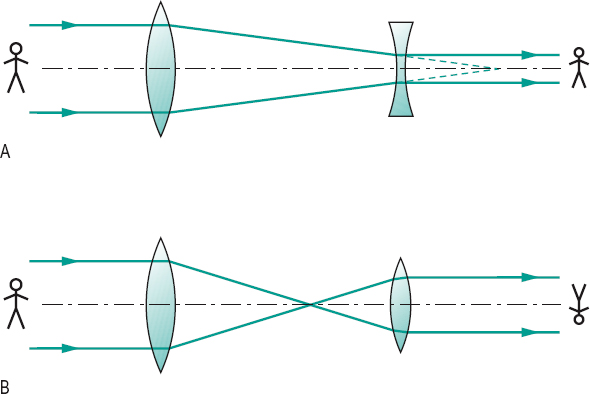
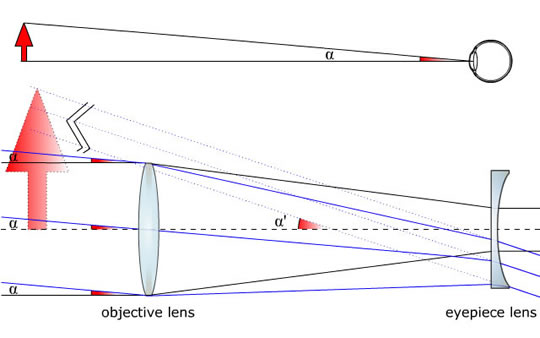
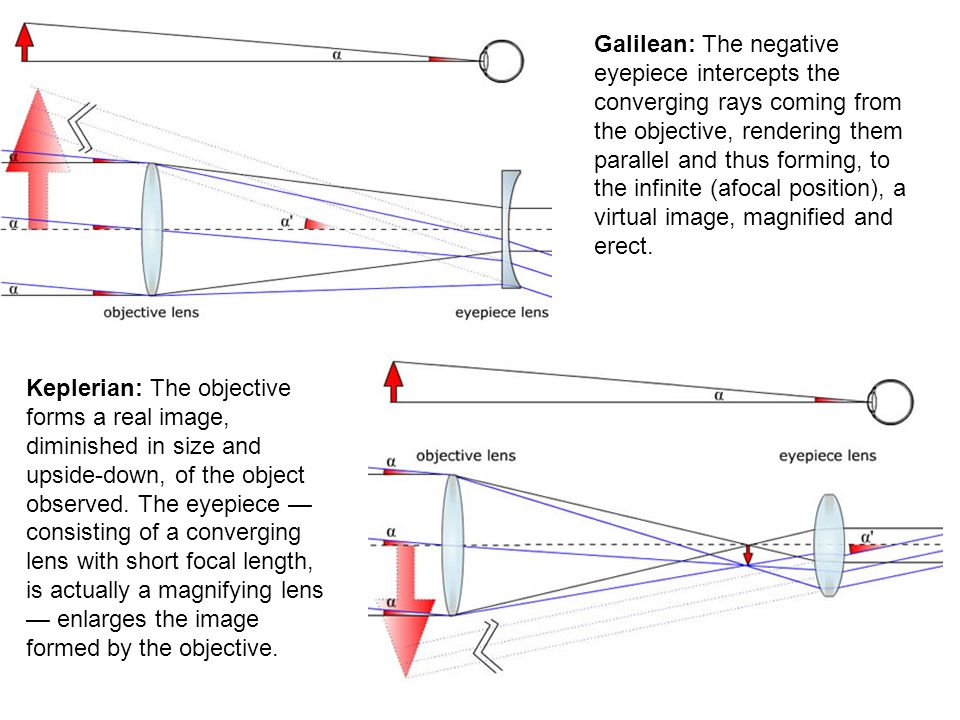
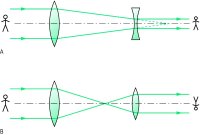

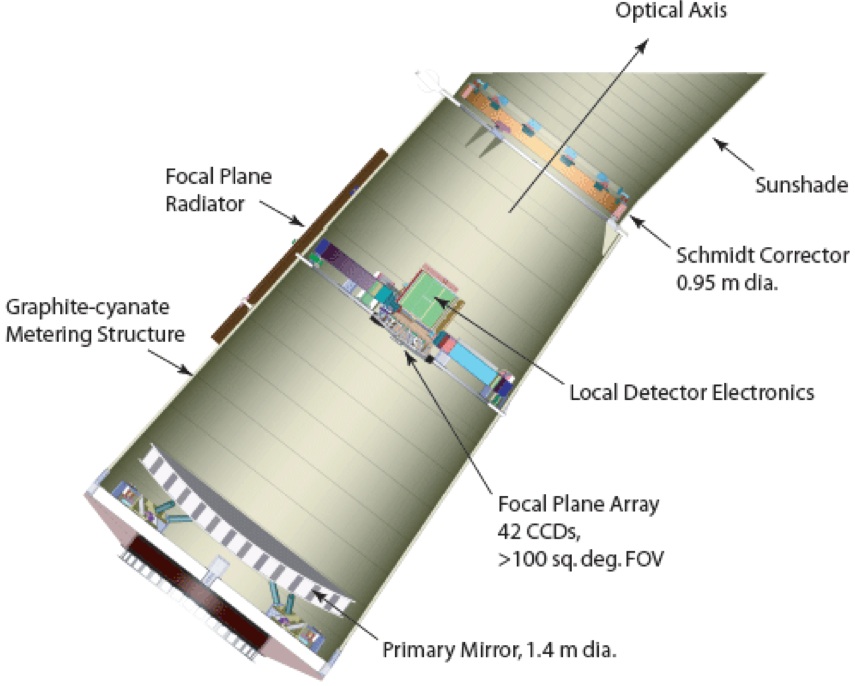
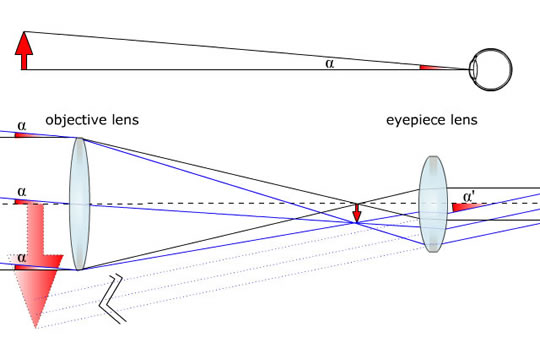
0 comments:
Post a Comment